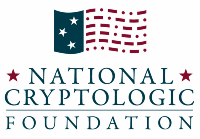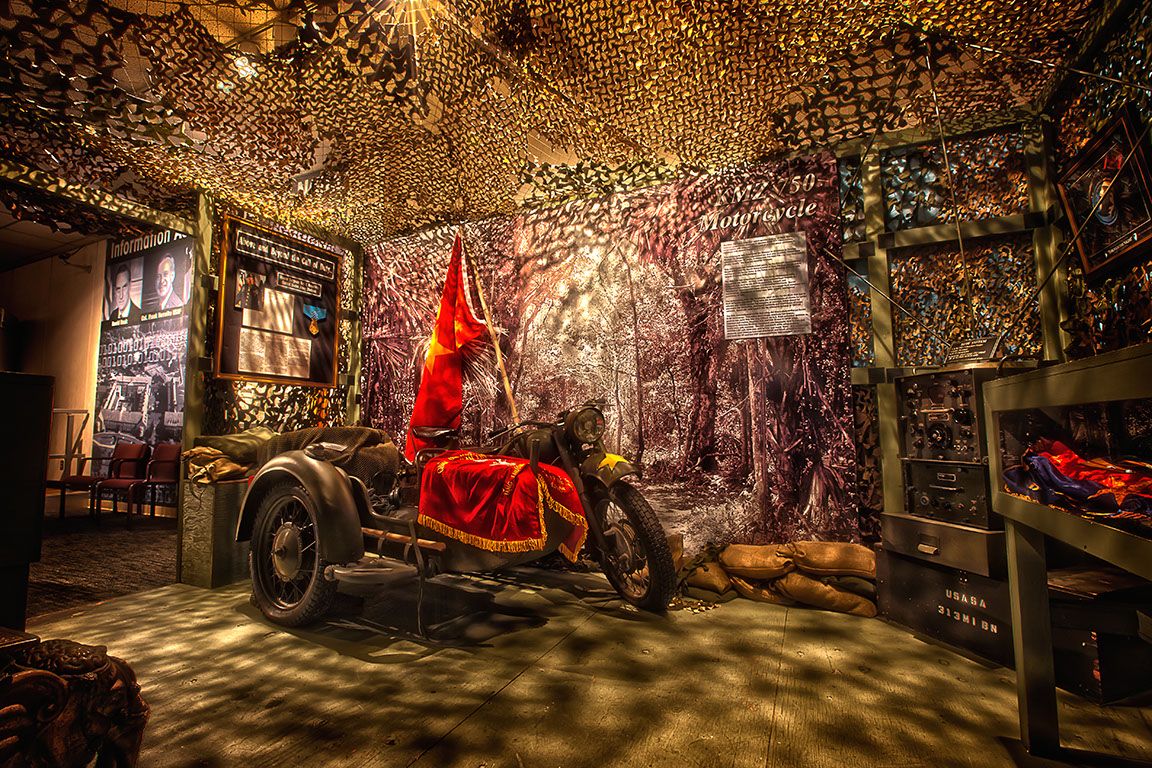National Cryptologic Museum Foundation
25th Anniversary
Acquisition Highlights
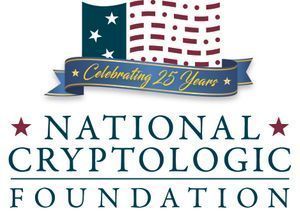
Over the years, the Foundation has acquired many rare, interesting, and valuable items for the National Cryptologic Museum - helping it to maintain its "one-of-a-kind" Museum status. From unique artifacts to prized publications, the wide-ranging variety of items has helped to educate Museum & Library guests - ranging from curious scouts to esteemed scholars. The Foundation is deeply grateful to Dave D'Auria for serving as Acquisitions Committee Chairman, and helping to bring these exceptional items and collections to their Museum home. We invite you to peruse the Acquisition Highlights Dave has compiled as part of our 25th Anniversary celebration. You can also view ALL acquisitions via our Acquisitions Section.
The David Kahn Collection
The most significant acquisition(s) arranged for and executed by the National Cryptologic Museum Foundation in our 25 year history have been the eight large donations of cryptologic treasures in the David Kahn collection. In 2003, Dr. Kahn made the decision that his world class collection of rare books, letters, manuscripts, photographs, cryptologic related games, toys and advertising, and other cipher artifacts rightly should go to the National Cryptologic Museum. Many of Dr. Kahn’s rarest books are on display in NCM galleries. Thousands of his books and manuscripts now reside in the David Kahn collection in the NCM Library. And one of the priceless artifacts he donated now hangs on the wall inside of the National Security Agency. Below are some of his most significant donations. See the full Kahn Collection via our Special Acquisitions section.
Dr. Kahn's Rarest Books
The Napoleon Letter
One of the most unique and rare items donated by Dr. Kahn was a signed and framed 1806 letter from Napoleon to his son Prince Eugene Napoleon. This letter is a reference to Napoleon spying on the Archbishop of Silesia, a likely precursor to the 1812 War of Liberation. In the letter Napoleon instructs his son to “keep sending me the letters from the Archbishop of Silesia sent from Rome to Dresden. The key has been found here so that they can be read just like ordinary writing. But it is necessary to let them continue on their way while copying them exactly.”
Dr. Kahn acquired this incredible letter in 1984 in a sale of rare authenticated documents by the Altman Company in New York.
The Lou Kruh Collection
The Foundation also brokered the donation of Mr. Louis (Lou) Kruh's cryptologic collection. Lou was a nationally known collector of cryptologic memorabilia and a close friend of Dr. David Kahn. Lou’s wife Gladys donated the collection on Lou’s behalf after he had passed away. Lou purchased his first book on cryptology in 1943, Elementary Cryptography by Helen Gaines, and eventually amassed one of the largest collections of cryptologic memorabilia in private hands. The Kruh donation consisted of approximately 60 boxes of books, magazines, pamphlets, and artifacts; three file cabinets of notes, rare photographs, and personal papers; 15 framed collectible items; five small cipher devices; and a large collection of cryptologic toys and games. Below are just a few of those items. See the full Lou Kruh Collection in our Acquisitions section.
Civil War Era Letter: A rare example of SIGINT and COMSEC involving exploitation of tactical telecommunications from 145 years ago!
This is one of seven rare Civil War-era letters acquired by the Foundation that significantly increased our understanding of the role signal flag communications played in the Civil War. In this letter, General Robert E. Lee's Assistant Adjutant General notifies LTG Early, a Corps commander, that the Confederate Signal Corps has "broken" the signal "alphabet" used by the Union Signal Corps for visual "wig-wag" signaling, and can "read their messages with facility.” General Lee suggests Early's signal men be apprised, adding that" care be taken to conceal that fact, for the enemy does the same thing to the Confederate signals and precautions must be taken to prevent his attaining any information by that means.
The seven letters were purchased in two separate auctions for $7,500.
The Museum staff and History Department researched the history of the letters and prepared them for inclusion in the Civil War era exhibit. See a detailed description in the Acquisitions Section.
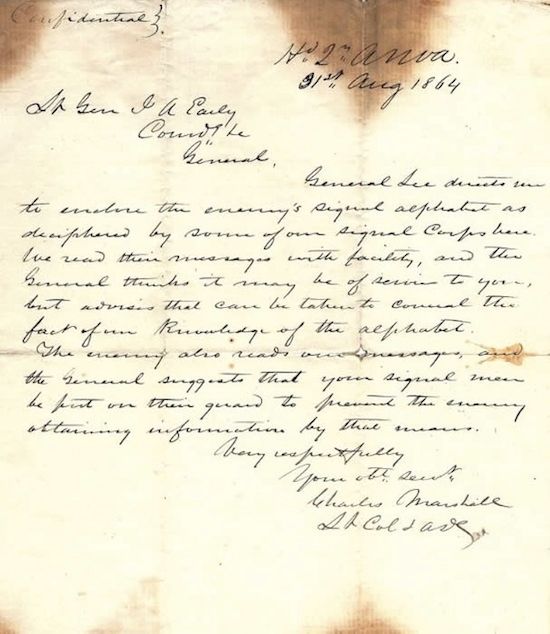
Extremely Rare 5-Rotor Cipher Machines From The 1920’s
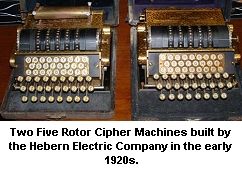
Two very rare 5-rotor American made Hebern cipher machines from the l920’s. These multi-rotor machines pre-date the German Enigma, and were the antecedents of the American SIGABA/NCM secure cipher machine. Purchased for $150,000.
U.S. Navy Wave Uniform
Former WW II Navy Wave Ema Bentley donated her authentic Navy Wave uniform to the NCM along with photos and other personal memorabilia.
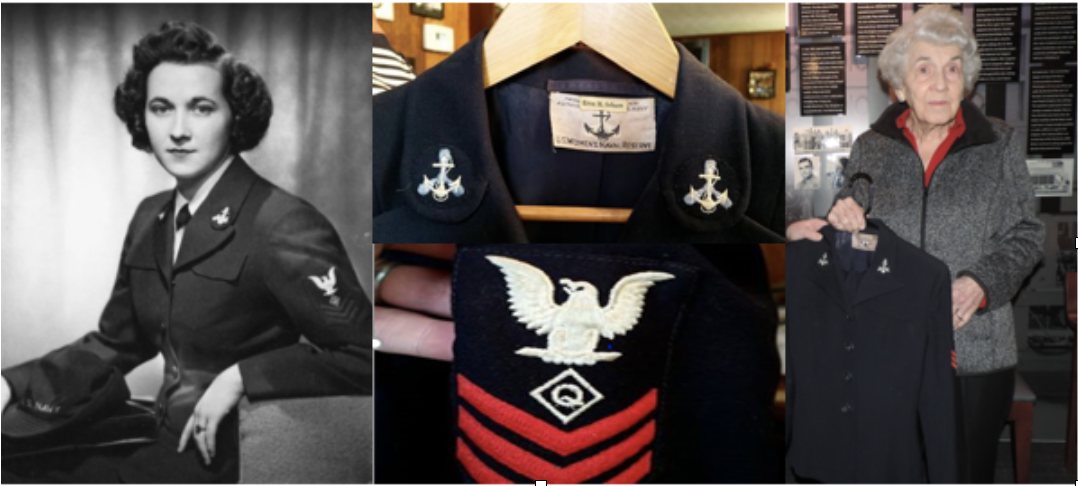
Indian Code Talkers Radio
WW II TBX-8 Native American Indian Code Talkers radio set, packing trunk, and all accessories. Acquired on eBay: winning bid $2802.
Civil War Message Transcripts
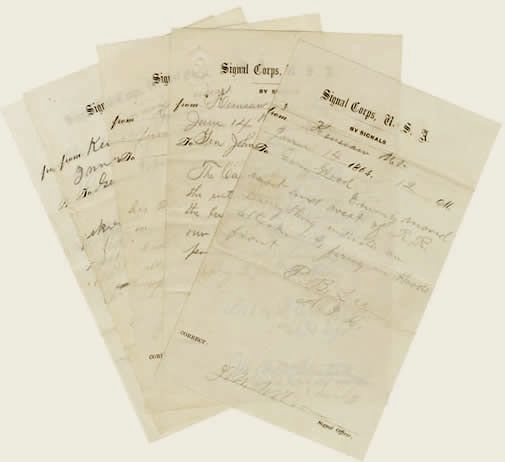
A group of five Confederate signal messages intercepted by the Union Signal Corps at Kennesaw Mountain, Georgia between June 14 through 17, 1864. During Sherman's Atlanta campaign, Northern signalmen broke the signal code being used by the Confederate Army. Dumb to that fact, the Confederates continued to send military messages loaded with sensitive information on Union troop movements during the siege and prior to the final battle for Kennesaw Mountain (June 25-27, 1864). Acquired in a military auction for $1,000. Learn more.
Civil War Era Telegraph Key & Civil War Torch Fuel Canteen
During the Civil War the telegraph proved its value as a tactical, operational, and strategic communication medium and an important contributor to Union victory.
Vietnam Era Russian Made Command Motorcycle With Comms Gear
This 1962 Russian KMZ 750 heavy motorcycle with sidecar, outfitted and marked to depict a North Vietnamese Army vehicle used on the Ho Chi Minh Trail in 1968 was donated by Foundation benefactor George Mele. This was a command communications motorcycle, outfitted with a Russian R105 Soviet military transceiver radio set as used for regimental level communications.
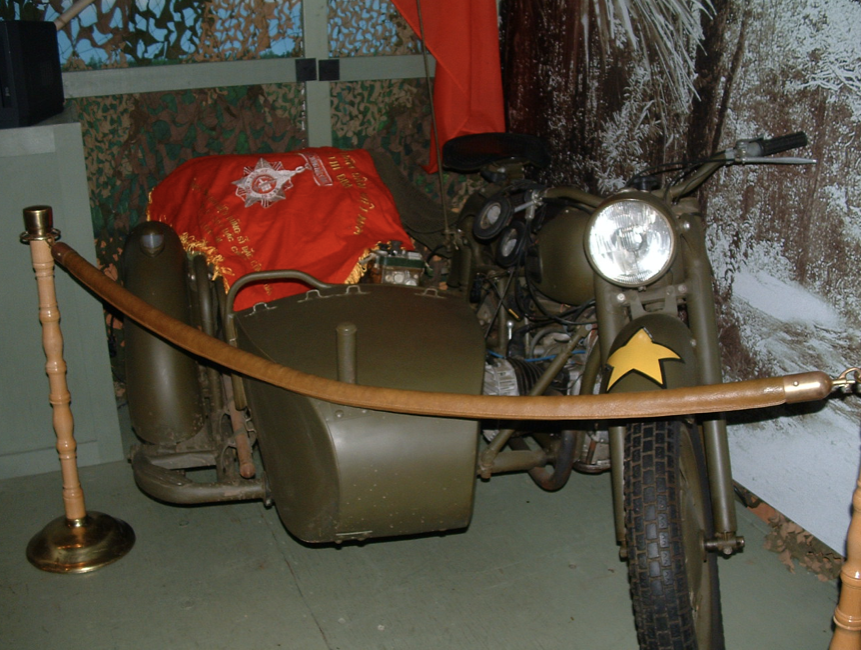
Rosetta Stone Replica
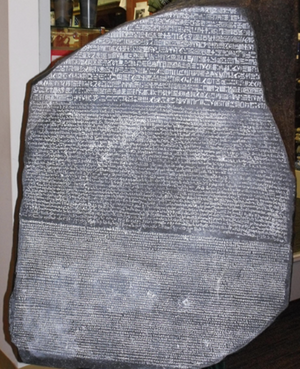
In 1799, as French soldiers were preparing to build the foundation for Fort Julian on the West bank of the Nile, they found the Rosetta Stone. That village, called Rashid, was translated Rosetta, hence the name. The Rosetta Stone was/is an irregularly shaped slab of granodiorite rock weighing about 1700 pounds. The face has 14 lines of hieroglyphs (it is estimated there were 29 lines prior to breakage), 32 lines of cursive Demotic, and at the bottom, 54 lines of ancient Greek (language introduced after the conquest of Egypt by Alexander the Great). All proclaim the same message. The original Rosetta Stone is in the British Museum in London. This exact replica was donated to the NCM by Dr. Joel Freeman.
1943 Colossus Computer Artifact
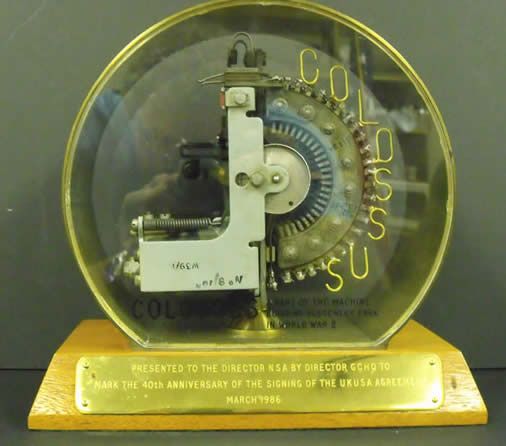
This component of the original Colossus computer was donated by former NSA Director William Odom. Colossus was the first large-scale electronic computer. It was built by England during WW II and was used operationally at their code-breaking headquarters at Bletchley Park to decipher German Lorenz cipher machine communications.
Cipher Pocket Watch
This 1930s Beyer pocket cryptologic device was donated to the NCMF by Mr. Michael Graham of California, along with photocopies of the original ten-page US Patent dated 25 January 1932. Only about a half-dozen examples of the device are known to exist. This Danish invention was originally intended to do away with code books!
WWII German Secure Tactical Field Phone
Post WW II Soviet Made Low Probability of Intercept Encoder
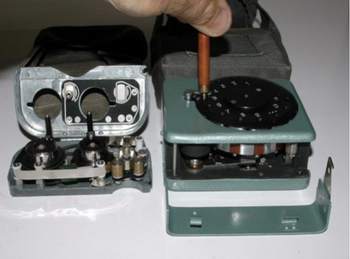
This Soviet made post WWII burst encoder is designed to be concealed in a pocket. It's used to write coded signals from a telephone-type dial input onto a stainless steel tape in a cassette for a transmission that is burst at very high rates of speed, making intercept and direction finding very difficult. This pocket encoder was also independent of any power source, making it completely portable. Two of these encoders were purchased from a private collector for just over $3,000.
